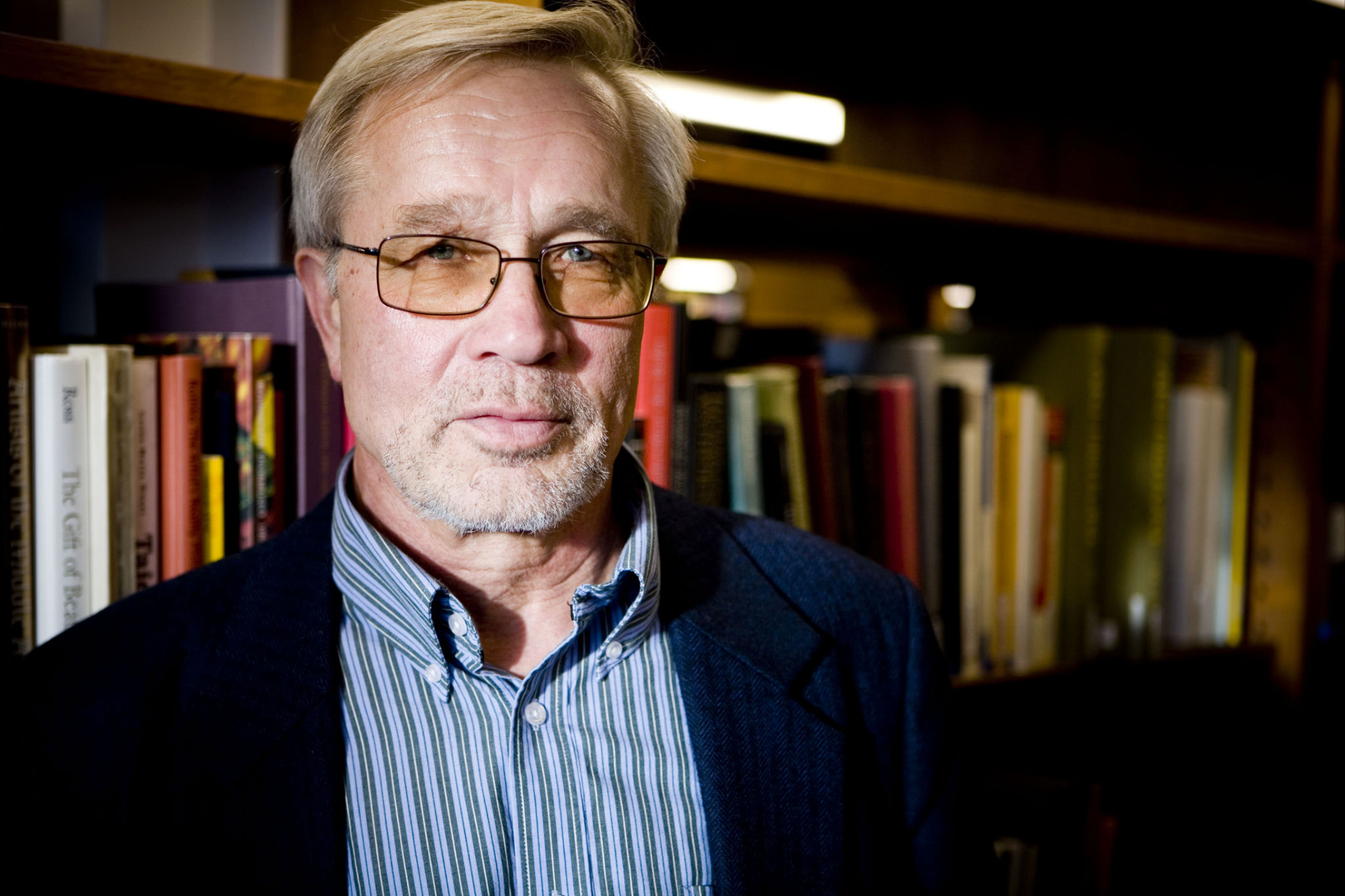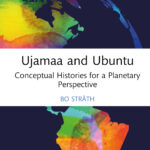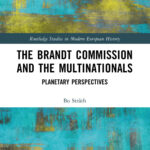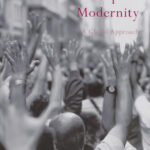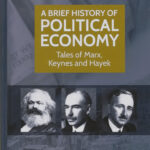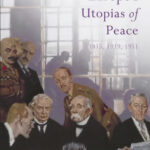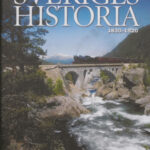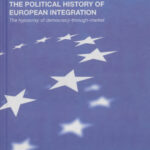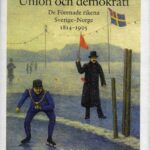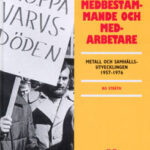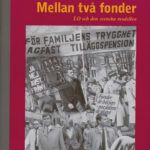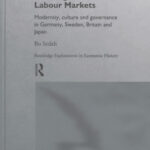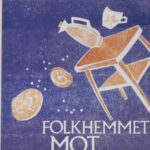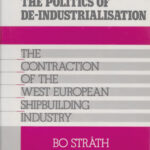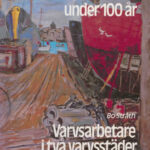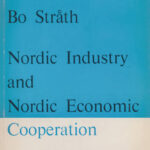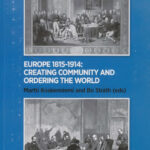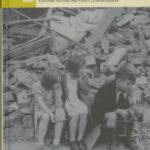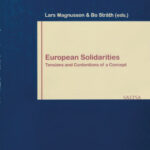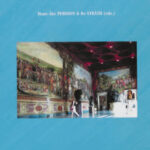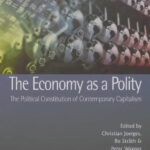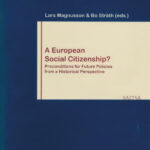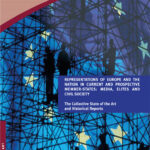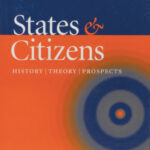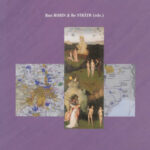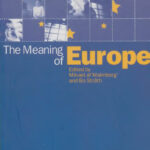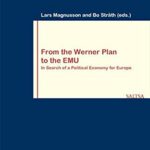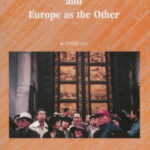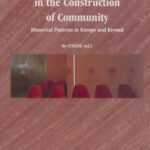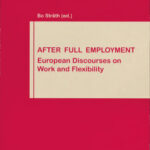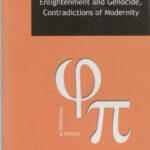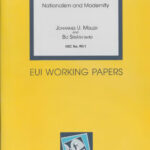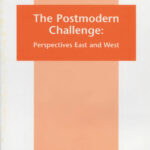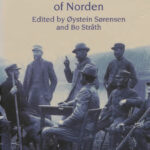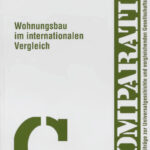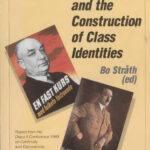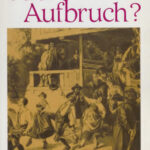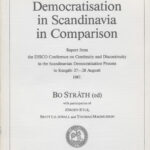von Bo Stråth | Jun 19, 2023 | Curriculum vitae
Family and Education
Bo Stråth was born in 1943 in Jönköping, Sweden. His father was Gustaf Emil Stråth, an army NCO; his mother was Ruth, nee Malmros. On his father’s side, he comes from generations of wrought iron blacksmiths working in Småland province, once proud craftsmen, but in the 1880s and 90s, suffering from the fundamental restructuring of the Swedish iron industry. When the bar iron hammers fell silent, the blacksmiths disappeared, and mass unemployment spread in the iron districts in Småland, enforcing the search for employment in other occupations, such as in the expanding state or through emigration across the Atlantic. That time of distress and destitution looks like a long time ago, but Stråth is personally tied to it. His widowed father met and married his mother, and when Stråth a year later was born, his father was 60, thus born in the crisis-hit 1883. His grandfather, the last blacksmith in a long chain, was unemployed. Despairing, he escaped with his eldest son on an emigrant ship to the USA, where they vanished without a trace, leaving the four-year-old Emil with his mother and younger sister. They were hoping to follow when the father and husband had established himself. At 17, Emil walked the 100 kilometres to Jönköping to enlist in the town’s artillery regiment. Bo Stråth’s mother’s side was farm workers in Skåne. So, of the many who built modern Sweden, his forefathers formed part of the lower strata, socially speaking.
Stråth grew up in Skillingaryd with his brothers Lars, b. 1944, and Christer, b. 1948, at a time of postwar expectations of progress and a better future, whatever that meant. It was a time when the government was expanding higher education and ensuring universities had broader social participation. He was lucky to be one of those who benefited from this transformation

from the old system when higher education had been a matter of birth. Having experienced its benefits, he is particularly sad to see this proud political achievement of public education being reversed under the tattered banner of privatization. 1963, after graduating from secondary school in Värnamo, he began working as a journalist. Then he pursued undergraduate and graduate studies in history, economic history, political science, economics, and culture geography at the universities of Lund and Gothenburg, which resulted in him receiving an MA (fil mag) at Gothenburg University in 1969, from where, in 1970, he also received a degree in education and teacher’s exam. From 1970 to ’78, he worked as a teacher while pursuing his PhD in history. He married Maud Stråth, nee Grafström in 1967. They have three sons: Peter (1969), Niklas (1972), and Johan (1975). Their marriage lasted until 1995. Since 2004, he has been married to Angela Schenk, with whom he lives on die Weinstraße in der Pfalz (the Palatine Wine Trail) in Southwestern Germany. Besides being native Swedish, he has also acquired German citizenship.
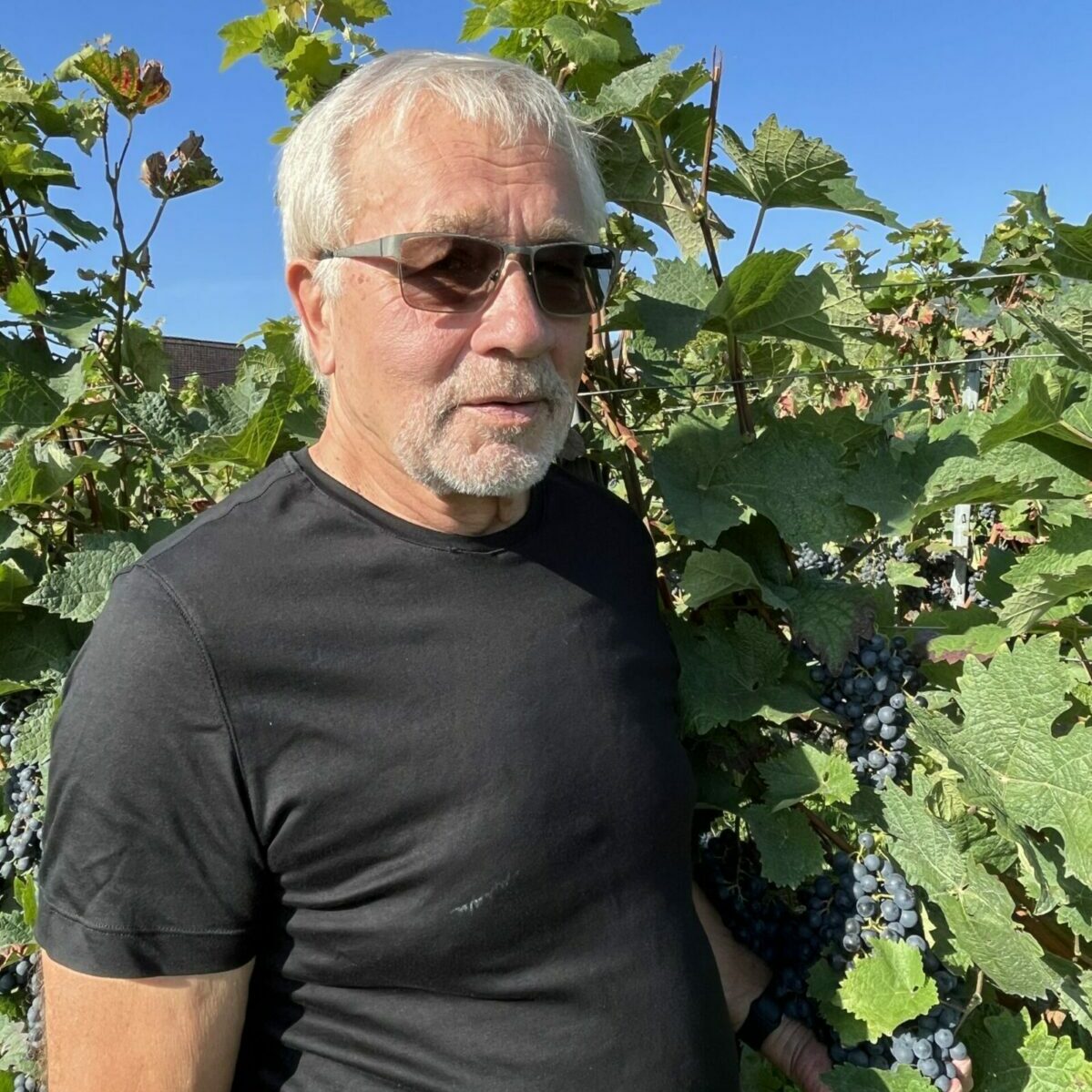
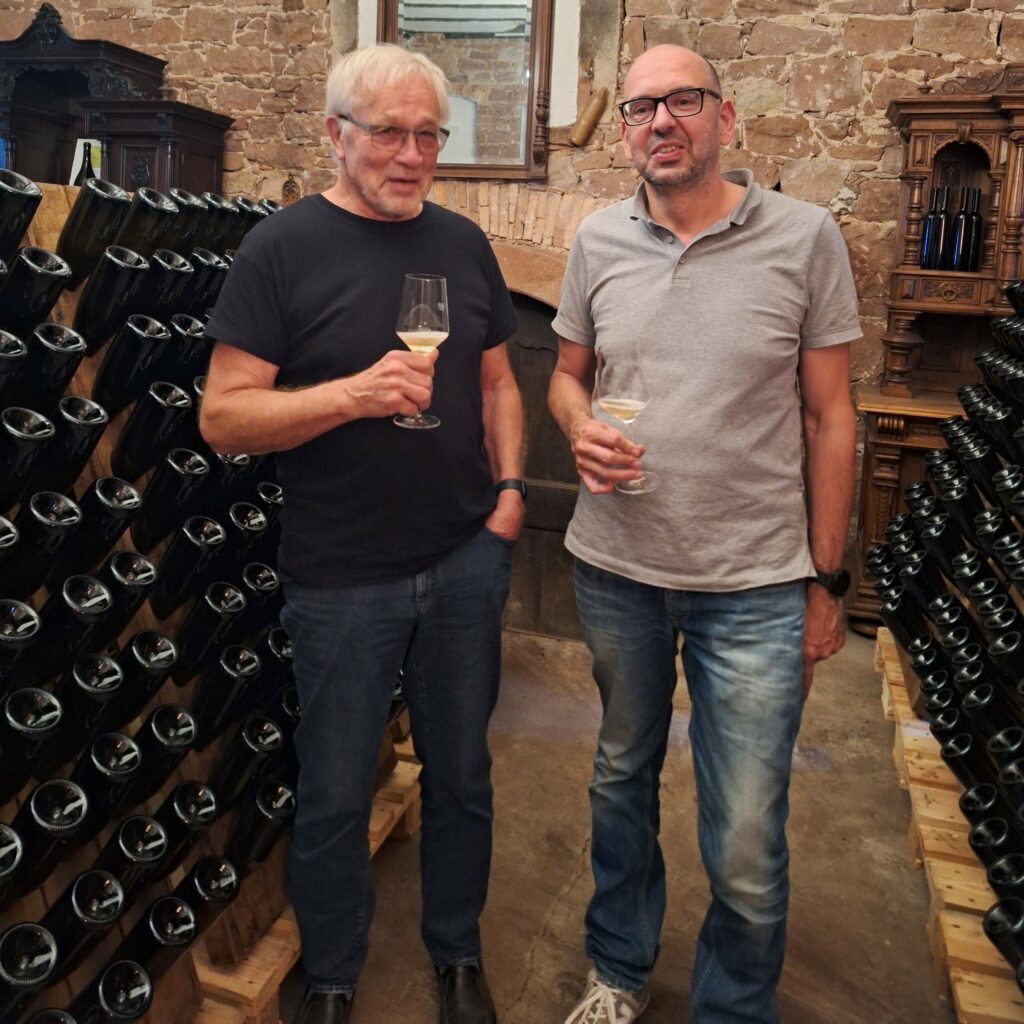
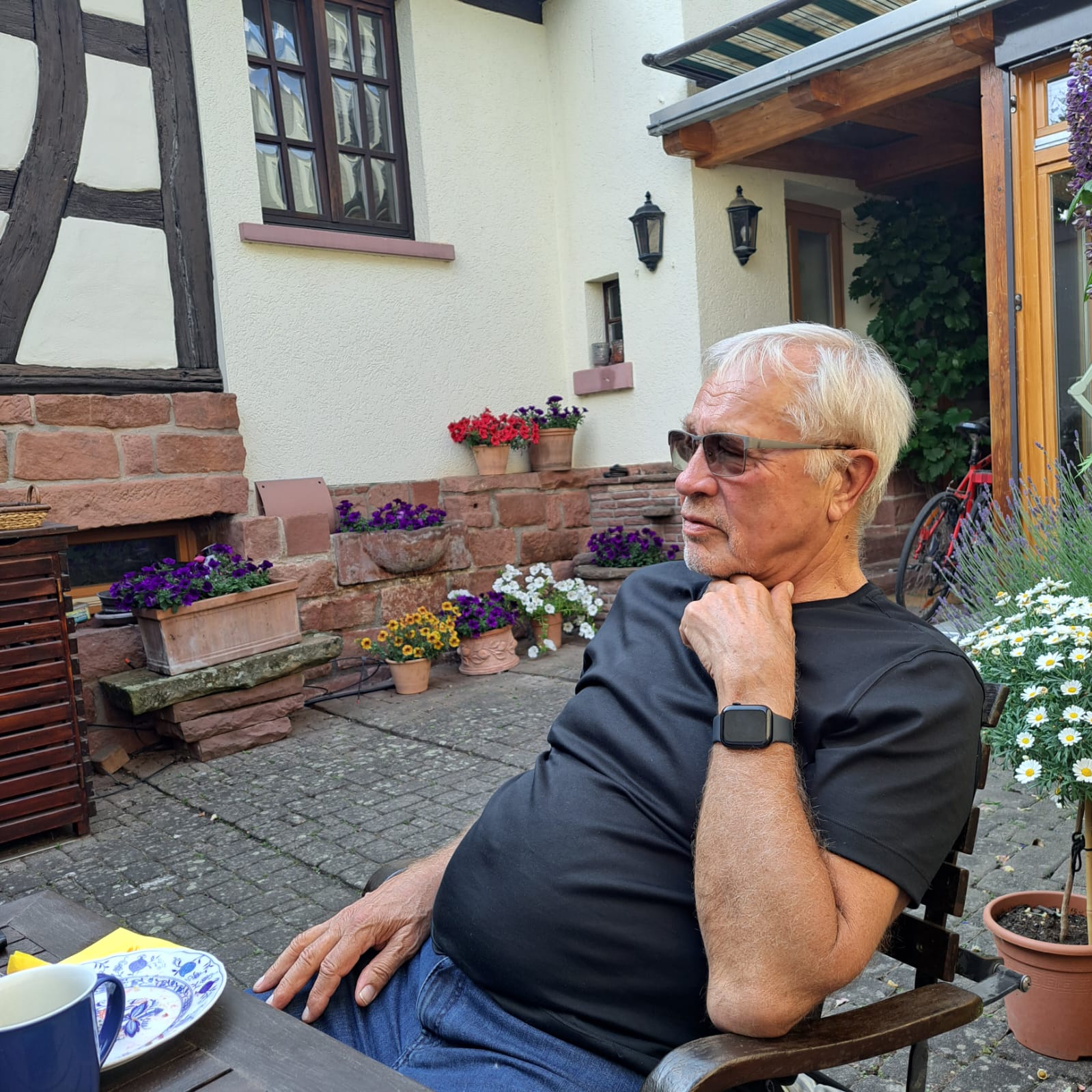
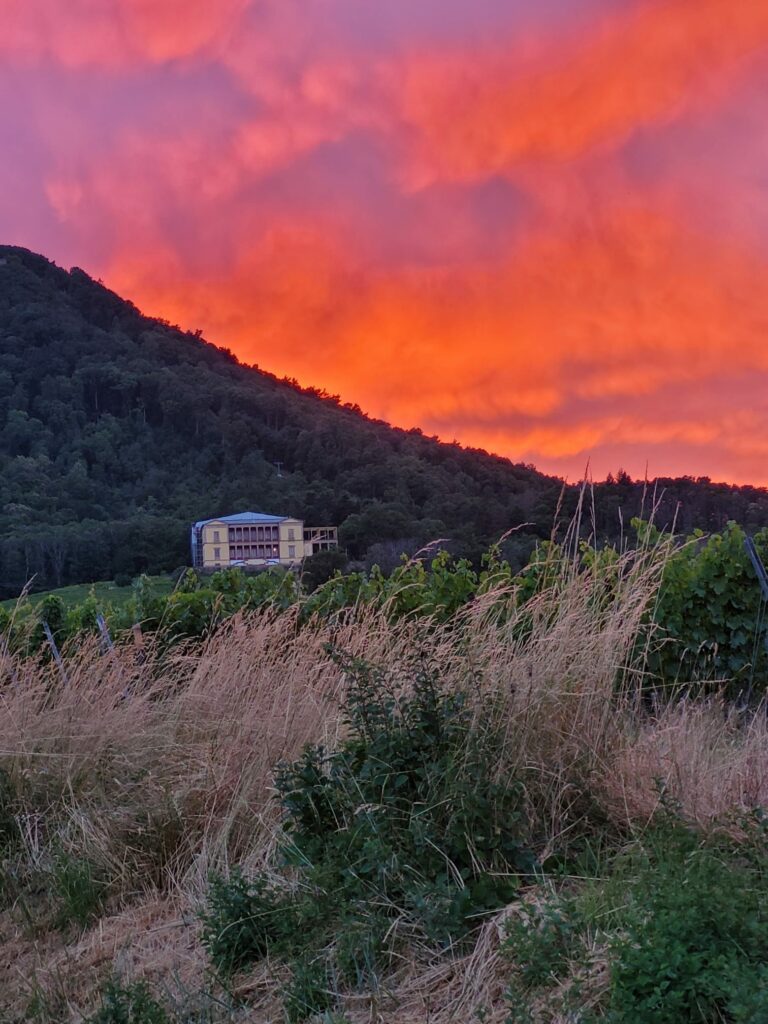

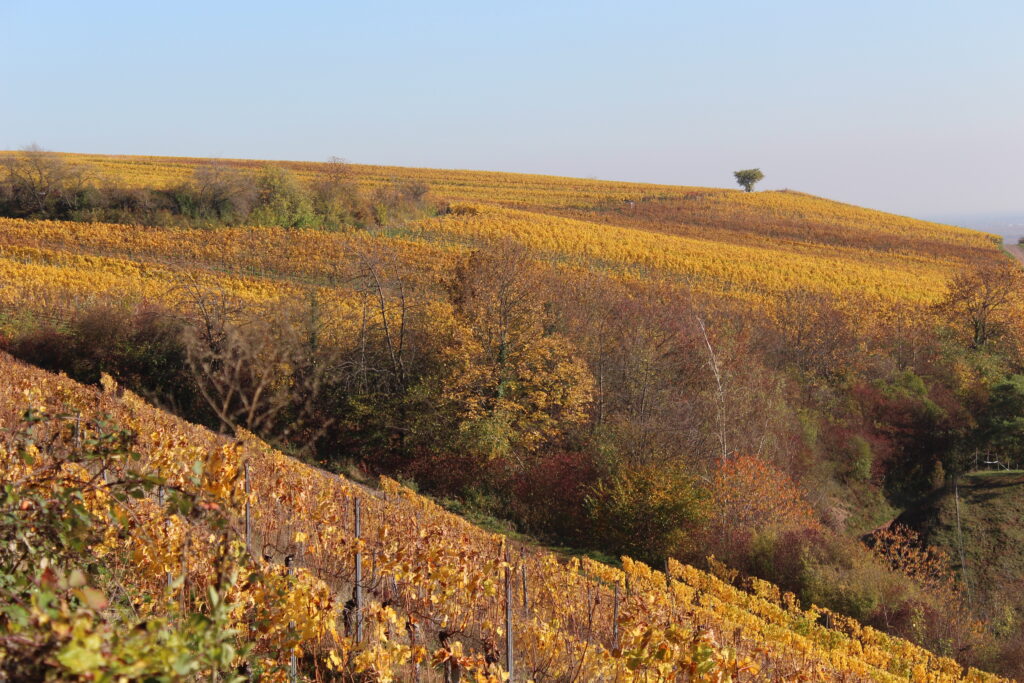
Learning the historian’s craft
In 1978, Stråth received a PhD in History from Gothenburg University, with a thesis on the politics and interest formulations in the post-1945 Nordic countries in the context of their plans for Nordic economic cooperation. Norden was seen against the backdrop of the emerging European integration project. The same year, he got his first employment as a postdoc researcher in Jörgen Weibull’s project on the history of the Swedish shipbuilding industry at Gothenburg University. In the 1970s, the Fordist production regime and the old industrial system around Keynesian Transatlantic national welfare states broke down. Shipbuilding, processing steel to giant tankers for cheap global oil transport, was one of the pillars of that regime. With the dollar collapse and the oil price shock, the shipbuilding industry sank like a stone, and it was early on clear to the insiders that it would never appear again as it was. The historians were demanded and committed to writing the story of its rise and fall.
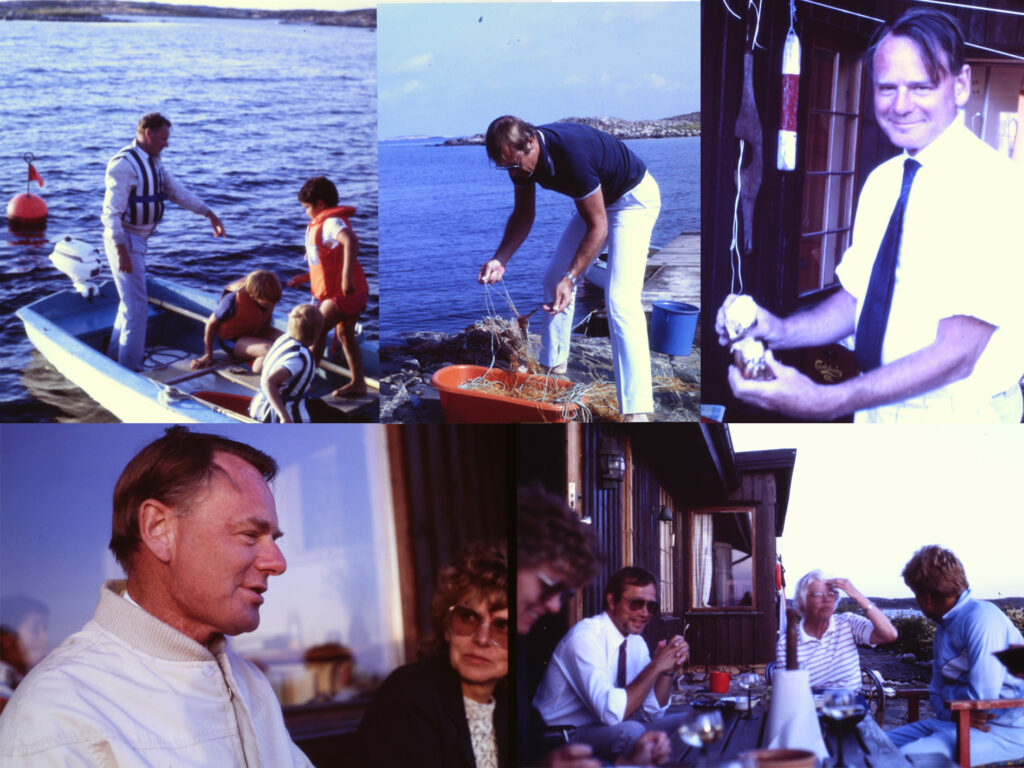
As the true liberal he was, in the old social-liberal sense, Weibull invited his Marxist colleague and opponent in the economic history department of the university, Lars Herlitz, to participate with researchers. The team’s composition led to very fruitful discussions showing how interwoven ideological positions were with the research approach, in the way to put questions, define problems, and search for answers, and that history writing, nevertheless, was something different than pure ideology. The way to cope with this tension was not to deny it, repress it in a Freudian sense under reference to facts and scientific objectivity, but to be clear about the value premises behind the historical analysis. Stråth focused within the project on the history of labour relations and the interest conflict around the organization of the labour markets in the shipbuilding industry from the 1870s to the 1970s. He published the book Varvsarbetare i två varvsstäder. Within the framework of the project work on this book, he was rewarded with an Alexander von Humboldt grant, which brought him to the universities in Kiel and Glasgow as a research fellow.
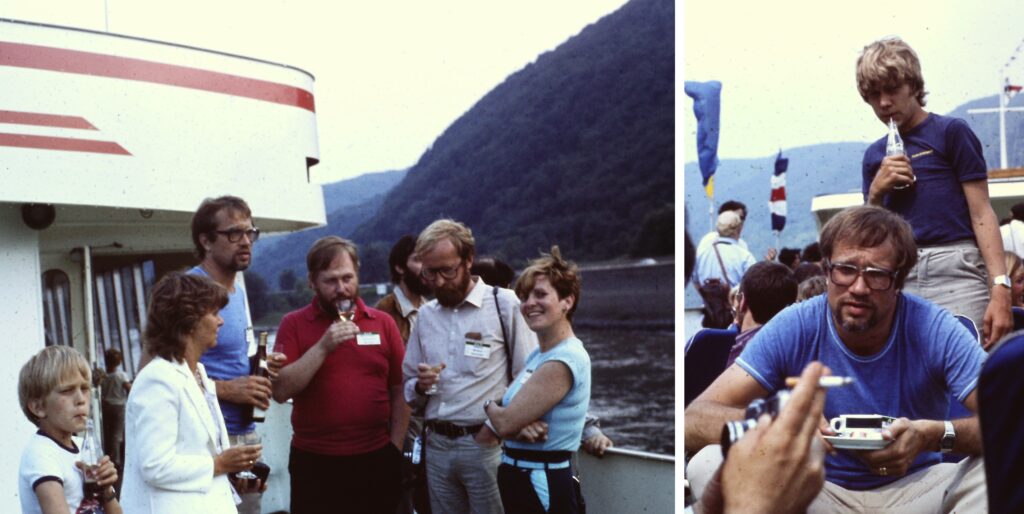
After that book, Stråth, as a research assistant and assisting professor in Gothenburg, focused on the interest conflict and the solutions in the European shipbuilding industry during the crisis phase in the 1970s and 80s. The work resulted in the book The Politics of Deindustrialisation and a Japan Foundation Fellowship at the Tokyo University, Todai. He followed up with a comparative study of the labour market organisation and industrial relations in the UK, Germany, Sweden, and Japan from a long historical and comparative perspective. The result was published in the book The Organisation of Labour Markets.
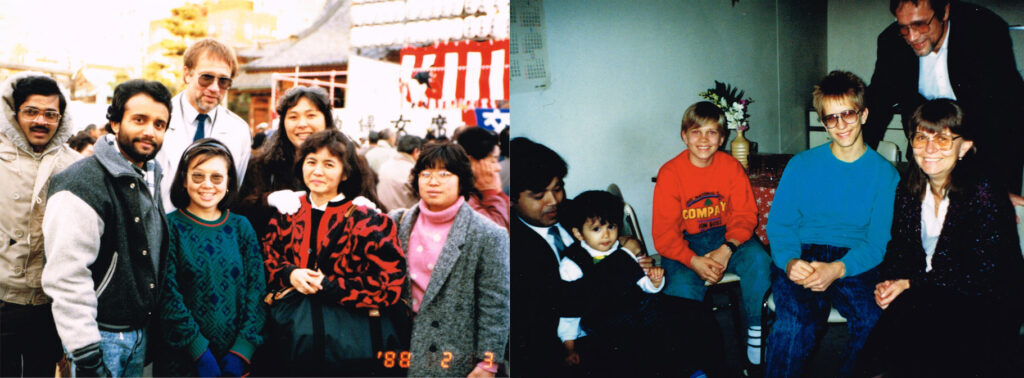
During these years of exploration of the conflicts around the organization of labour markets in industrializing and deindustrializing societies, Stråth became interested in theoretical questions of continuity and discontinuity in historical change and how they shed light on modernisation, industrialisation, and democratisation processes. These questions he investigated as the leader of his first major team project, CONDIS: Continuity and Discontinuity in the Scandinavian Democratization Process 1988-1990 with a prestudy phase 1986-1987.

Through the CONDIS project, he had the opportunity to participate in Jürgen Kocka’s renowned, innovative and highly international Bürgertum project at the Centre for Interdisciplinary Research (ZiF), Bielefeld University, allowing him to develop connections with an extensive and very diverse network of historians and social scientists. The project and its way of organizing humanities and social science research remained a model for him. He became interested in alternative histories that were never explored because they didn’t happen, and he developed the methodology of comparative history, which he applied to the CONDIS project, where Germany was the point of reference in the exploration of Scandinavia.
The stay in Germany was also instructive as an illustration and follow-up of the insights from the shipbuilding project about the ideological dimension of history writing. This was the time of the heated methodological debate between Gesellschaftsgeschichte in Bielefeld and Alltagsgeschichte in Göttingen, social and societal formations versus everyday life experiences as the focus of historical inquiry. As inspiring was to, from a ringside seat, follow the galvanizing Historikerstreit in the second half of the 1980s about whether Hitler and Nazism came from specific German historical preconditions, the Sonderweg thesis, or were just an answer to Lenin and Bolshevism, the conservative revisionist counter-thesis. Later, this problem formulation shifted towards questions about the extent to which the Holocaust was embedded in larger histories of colonialism and imperialism. Following these debates led to strong feelings that history makes sense and that there was not one but several histories from competing perspectives and worldviews. Despite the insights from the shipbuilding project, Swedish historiography was generally pragmatic and empirical, believing in some overall objectivity and oneness rather than being divisive. It had certainly not always been so, but it had been the trend since the 1960s. It was not necessarily less ideological but less polarised. German historiography based on very different recent historical experiences was much more contentious, dynamic, and, yes, one might say, innovative, more immediately politically relevant. In any case, these were the inspiring feelings that accompanied Stråth after Bielefeld.
The 30 minutes of swimming every morning with Georg Iggers in the pool of ZiF led to an invitation to Buffalo in May 1988 extended to the University of California, Davis (Bill Hagen), with talks about the different historical developments of Sweden and Germany, Stråth’s topic at the ZiF. In Davis, Lars Trägårdh introduced himself as a Swedish PhD student from Berkeley after the seminar. He had been driving up in his Volvo P1800 on the advice of one of his professors. He was working on a thesis comparing the history of the folk/Volk concepts in Sweden and Germany. During a long walk after the seminar in the hot Californian May evening, he talked enthusiastically about Reinhart Koselleck, whose conceptual history methodology was a great source of inspiration for his thesis. The conversation was like a revelation for Stråth, who saw his Swedish-German comparison in a new light, focusing on the power of the word in discursive struggles, a revelation like “it’s the language, stupid!” He had been looking for the causes of the Scandinavian-German differences in the social and economic structures without being really convinced that he had found a reasonable answer. The historical facts remained, but the perspective shifted. However, the new perspective also provoked new facts and new questions. History became more open and contingent rather than driven by social and economic structures. Stråth had seen Koselleck in Bielefeld but doesn’t remember him as particularly prominent or relevant in the discussions in the Bürgertum project. When Trägårdh was back in Sweden somewhat later, Stråth involved him and Henrik Berggren, a postdoc researcher and journalist with the same interest in conceptual history, for the preparing work for the final CONDIS conference in September 1989. The result was the volume Language and the Construction of Class Identities. The approach was still controversial among a majority of structurally orientated social historians. As one of the more prominent explained commenting on the book: The content was good despite the title.
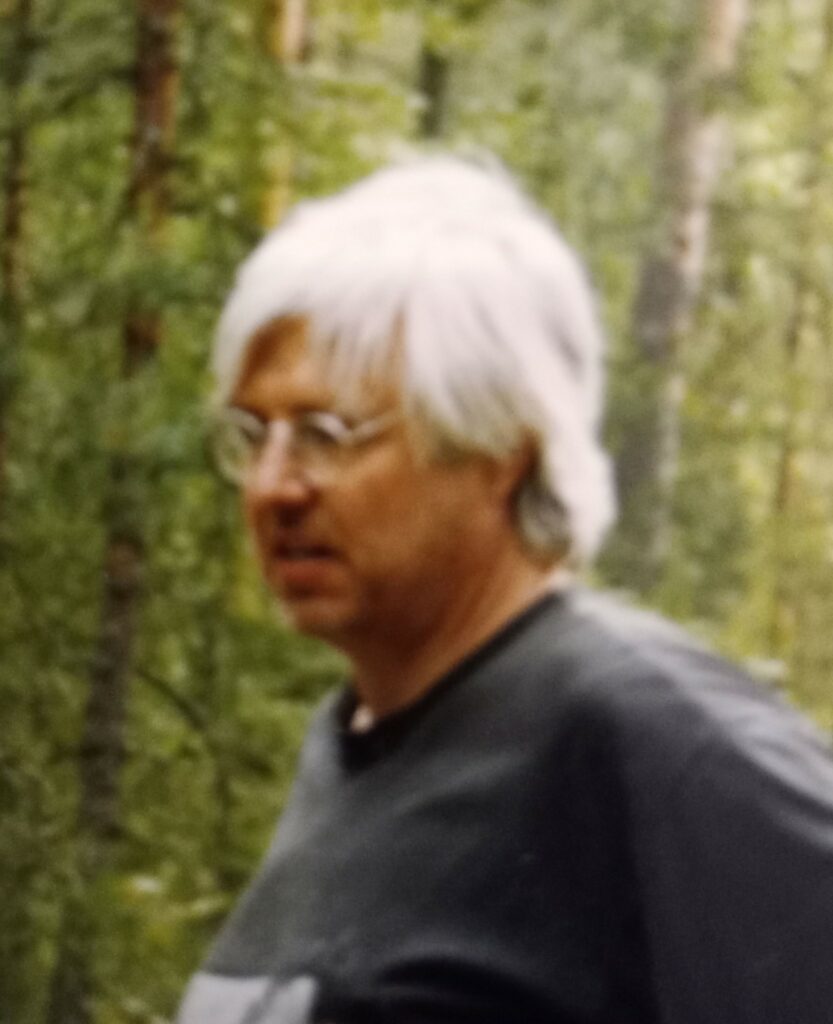
There was an interest in the history of concepts at this time in Finland, too. In 1987, Henrik Stenius defended his PhD thesis about civic society associations and the people’s movements, and the conceptualization of their communities, a theme similar to Trägårdh’s. The title of the introductory chapter was “Begrepp och begreppshistorisk bakgrund” (Concepts and Conceptual-historical Background). Like Stråth, Stenius came from social history. He didn’t know about Koselleck at this time. In Finland, there was Kari Palonen in Jyväskylä, too, with a similar interest. He heard about Koselleck’s approach to history as a fellow in Berlin in 1981. He came from political theory and became interested in comparing Koselleck’s conceptual history to the Cambridge Speech Act School around Quentin Skinner and others. In the autumn of 1991, Stenius got in touch with Stråth, and they saw each other for the first time in Stockholm and decided to apply for money for a conference with Reinhart Koselleck as the key speaker. With Kari Palonen, Henrik Stenius, and Lars Trägårdh, Stråth introduced Koselleck’s approach to history in the Nordic countries at a conference at Hässelby Slott outside Stockholm in March 1993 with Koselleck as the key speaker and committed participant. Kosellck was later, in the years around 2000, a recurring guest to the EUI research project The Cultural Construction of Communities in the Process of Modernisation in Comparison. At that time, conceptual history began to take the shape of a movement for a new international approach to history by focusing on the conceptual struggles driving social change. The comparison of social and political processes in different countries through a comparison of discourses and conceptualizations slowly also went beyond Europe. Koselleck’s students Lucian Hölscher and Willibald Steinmetz contributed to this impression of an intellectual movement by giving seminars about the practices of conceptual history to the project.
The breakthrough of conceptual history in the 1990s and the 2000s was a time when the term the linguistic turn was on everyone’s lips, and François Lyotard’s Postmodern Condition in 1979 was a great trigger and point of reference for the debate. Another point of reference was Michel Foucault’s exploration of the power of the epistems. Discourse analysis spread as a method. It was a theoretical debate with epistemological implications but not always easy to follow. Koselleck’s approach with Begriffsgeschichte, conceptual history, gave the debate an empirical anchorage of great attraction for a historian. The crucial theoretical issue in exploring discursive struggles was how the categories of historical time (past, present, and future) were interconnected. This meant an incitement to write history forward toward an unknown future rather than backward toward a known past. The focus in the exploration of conceptual struggles and transformation was on futures in the past.
Locational bonds and temporality/Standortbindung und Zeitlichkeit: Defining the historian’s craft with Koselleck and Comenius

“Thus, in 1623, Comenius compared the occupation of historians with the view in telescopes, which, like trombones over the shoulders, point backwards. With such a view towards the past, they try to learn a lesson for their own time and future. However, surprising are the bent perspectives, which show everything in ever different light. Therefore, one cannot trust that a thing really is what it looks like. Everyone only trusts one’s own glasses.”
(“So verglich Comenius 1623 die Tätigkeit der Historiker mit der Sicht durch Fernrohre, die posaunengleich über die Schultern nach rückwärts weisen. Mit solchem Blick in die Vergangenheit suche man Lehren für die eigene Zeit und die Zukunft zu gewinnen. Überraschend aber seien die gebogenen Perspektiven, die alles in jeweils verschiedenem Licht zeigen. Deshalb dürfe man sich keineswegs darauf verlassen, … daß eine Sache sich auch wirklich so verhalte, wie sie dem Beobachter erscheine. Jeder traue nur seiner eigenen Brille …”)
Reinhart Koselleck, “Standortbindung und Zeitlichkeit. Ein Beitrag zur historiographischen Erschließung der geschichtlichen Welt“, in: ders.: Vergangene Zukunft. Zur Semantik geschichtlicher Zeiten, 3. Aufl. Frankfurt/Main: Suhrkamp, 1995 [1979], 176-207, hier 184). Johann Amos Comenius, Labyrinth der Welt und das Paradies des Herzens, 1623.
Research
The connection between academic research and teaching is well known. Teaching drawing on research experiences provides intellectual authority and credibility. However, there is a learning dimension, too, in research. Learning the historian’s craft through research is a life-long process that doesn’t stop at a certain point when there is nothing more to learn. One can also learn outside the academic world. 1990-91 Stråth worked in the government administration with a team to prepare Swedish positions in the European integration negotiations, which sped up after the collapse of the Soviet Union. He applied for the job when he was sure not to get the chair in history, for which he was one of the candidates. Once he really got it, he returned to academia happy with the experiences and insights into how a government administration and the international negotiation machinery work, experiences to draw on in future research.
Stråth’s research at the European University Institute developed the issue of modernity in Europe in a comparative context. He published widely in this field, as the publication list on this website shows: Myth and Memory in the Construction of Community, Europe and the Other and Europe as the Other, Enlightenment and Genocide, Contradictions of Modernity, Homelands, After Full Employment. The basis of this research was the project The Cultural Construction of Communities in the Process of Modernisation in Comparison. The question of contradictions and varieties of modernity (‘multiple/entangled modernities‘) was central to his approach, emphasising modernities ‒ and histories ‒ in the plural. An early contribution from the project to this debate was the volume The Postmodern Challenge, which he edited with Nina Witoszek. The theoretical interest was in the question of the governability of modern societies, how communities are built and how they divide and split, particularly the role of language, symbols, and interpretative frameworks for the construction of community, legitimacy and identities, categories which Stråth avoids seeing in essential terms but keep at the discursive level. Not least, the roles of religion and sciences, particularly social and economic sciences and professional historiography, are in this light seen as fruitful problem fields.
With Peter Wagner, Bo Stråth developed close cooperation under the heading of modernity of Europe: Europe’s modernity and cultural heritage reconsidered. The cooperation with Wagner continued after the EUI. The volume European Modernity: A Global Approach summarized their long cooperation.The fields Stråth explored dealt with questions of a European political economy, a social Europe, memory politics in Europe, a European public sphere, and a cultural Europe. Volumes edited with Quentin Skinner, Hans-Åke Persson, and Goshia Pakier presented the results: States and Citizens, Reflections on Europe, A European Memory? The exploration with Peter Wagner of a European political economy involved Christian Joerges in the Law Dept and resulted in The Economy As a Polity.
Anna Triandafyllidou, with her constantly sparkling mind for new project ideas, and Stråth succeeded in several EU Framework Programme applications. She called or mailed asking for a meeting; Stråth didn’t know her but invited her to come up from Rome. The year was 1998. She introduced herself, asking whether they could make an EU project together. Stråth, surprised, didn’t find any other answer than why not, which proved to be a good answer. This must be said: from the very beginning, from the ideas to their transformation to applications, she was in charge of the drafting. Honour to whom honour is due. Their projects included IAPASIS, EURONAT, Representations of Europe and the Nation in Current and Prospective Member States, The European Public Sphere and the Media, EMEDIATE. They were all projects about various aspects of European integration and its preconditions, with participation from several European universities coordinated by the EUI. In the EMEDIATE project, James Kaye and Hagen Schulz-Forberg, too, belonged to the coordinating EUI team.
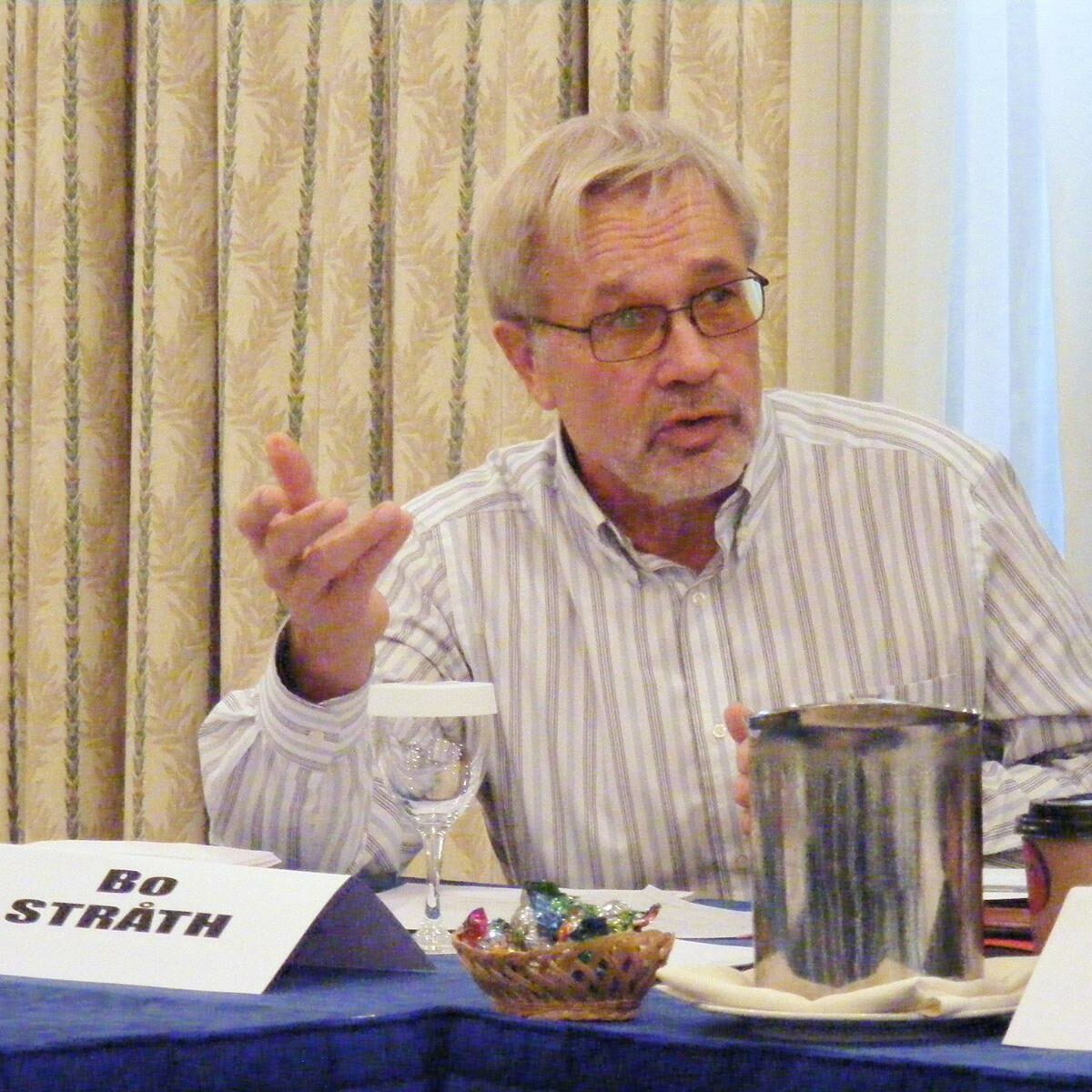
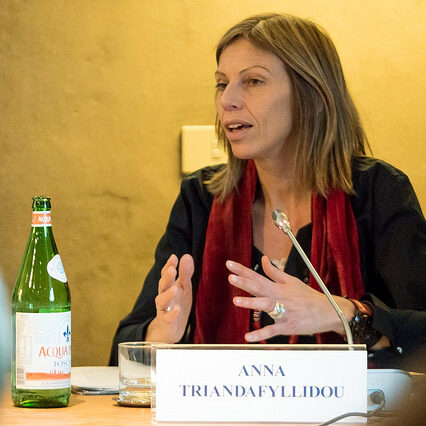
In the 1990s, Norwegian historians began planning for the centenary anniversary of the liquidation of the union between Norway and Sweden in 2005, the United Kingdoms Sweden and Norway, with kingdoms in the plural as opposed to the British UK in the singular. It was, in particular, the Norwegian historians who wanted to celebrate the event, but there was a need for Swedish historians, too. Around 2000, Stråth was asked to write a volume of the union’s history. Stråth, who accepted, cooperated closely with Francis Sejersted in the work on the book, a leading and refulgent intellectual authority in history writing at the Oslo University. Sejersted wrote a volume on the Norwegian-Swedish relationships during the century after 1905. Stråth remembers the tight cooperation with Sejersted as exciting, leaving a dash of nostalgia. The work resulted in the volume Union och demokrati.
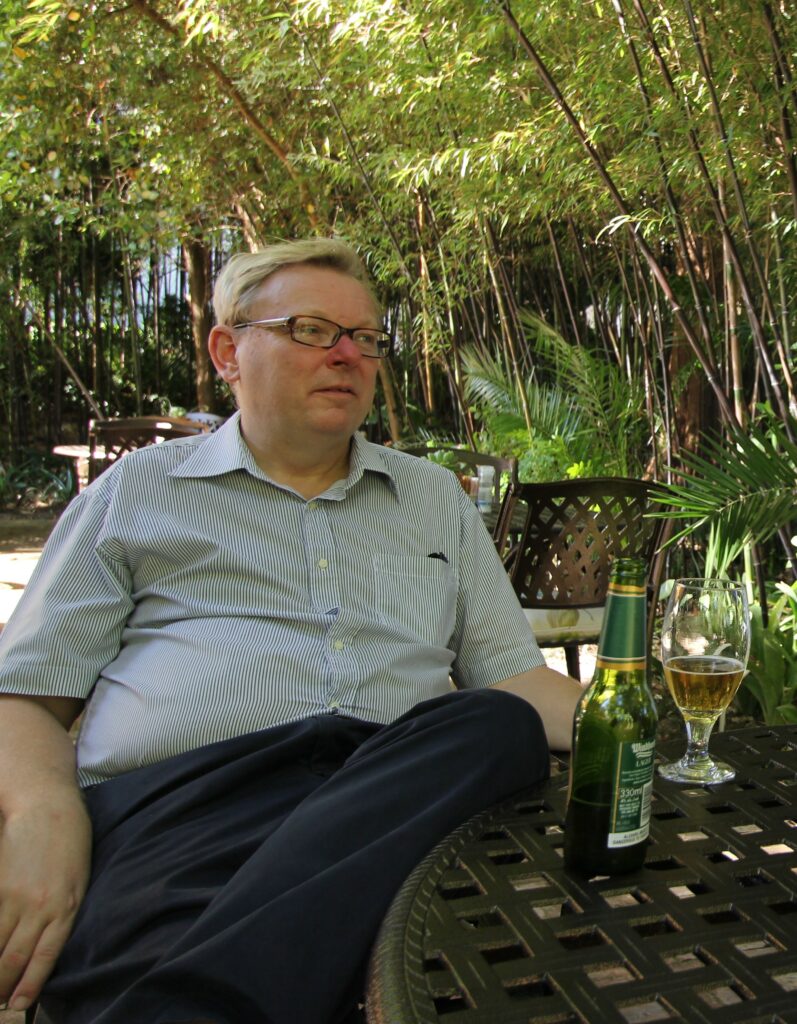
With Lars Magnusson (to the left), Stråth developed at the EUI his early interest in labour market organization and the interest conflicts there. He had known him already since the shipbuilding project in Gothenburg around 1980, and their professional contacts became personal friendships. Together, they directed several projects at the EUI on questions of a social Europe and its preconditions and possibilities, resulting in the publications From the Werner Plan to the EMU, A European Social Citizenship?, and European Solidarities. The SALTSA Programme for Woking Life Research in Europe sponsored the projects.
The volume co-authored with Hagen Schulz-Forberg, The Political History of European Integration, with the subtitle The Hypocrisy of Democracy-Through-the Market, highlighted the tension between an imagined social Europe and the practices of market Europe critically and pointed at the shortcomings of the European integration project.
The research at the University of Helsinki aimed at connecting the regional Nordic and European levels of analysis with a global perspective. At the EUI, Stråth had from his colleagues in the Law Dept heard about Martti Koskenniemi, and to get in touch with him was one of the items on his to-do list when he arrived in Helsinki. The occasion came during a walk in the university area with Henrik Stenius, who suddenly discovered him. They went up to him, and soon after introducing himself, Stråth surprised himself, and probably also Koskenniemi, with whether they shouldn’t try to make an ERC project together. Why not? Koskenniemi said, which proved to be a good answer. The result was the Europe 1815-1914: Creating Community and Ordering the World (EReRe), co-directed with Martti Koskenniemi and financed by the European Research Council (ERC: advanced grant). Stråth’s contribution to the project was Europe’s Utopias of Peace: 1815, 1919, and 1951 and the final report coedited with Koskenniemi: Creating Community and Ordering the World.
A parallel project with clear connections was Conceptual History and Global Translations: The Euro-Asian and -African Semantics of the Social and the Economic, in cooperation with Hagen Schultz-Forberg at Århus University. Later, the linguist Axel Fleisch came on board when the project expanded from Asia to Africa. The first part of the project, between 2008 and 2014, had several sponsors; the most prominent were Helsinki and Århus universities and the KONE Foundation. From 2014 until 2023, Stråth continued the project without sponsoring but with several invitations as a research fellow to the Stellenbosch Institute for Advanced Studies, STIAS. The former part of the project resulted in the publication, edited by Hagen Schuz-Forberg, A Global Conceptual History of Asia 1860-1940, the latter in Stråth’s Ujamaa and Ubuntu. Conceptual Histories for a Planetary Perspective.
During his time in Helsinki, Stråth also wrote and published a volume in Norstedt’s new Swedish history. Sveriges historia 1830-1920 explored how modern Sweden took form between two major revolutions, the European and the Russian, in the tension between liberal, socialist, and conservative imaginations of coming to terms with and shaping the future. The Swedish nation-building through state expansion and industrialisation is studied through the Weberian triad of politics, economy, and culture (literature, arts, music, and science (natural, social, letters)), although not as clearly demarcated entities as with Weber but in their complex entanglements and interactions.
Looking back on this journey, Stråth is struck by the fact that so much was coincidence, contingency, chance, and ransom harvests. A colleague with a surprising question, a PhD student with a brilliant research idea, and so on. However, all coincidence falls back on persons, particularly how their first relations emerge and develop. Chance has to do with taking or missing a chance. One might say that this personal experience of coincidence and contingency reflects coincidence and contingency in historical processes themselves and vice versa.
After arriving at emeritus status, Stråth continued with two books arguing for a planetary perspective: The Brandt Commission and the Multinationals. Planetary Perspectives and Ujamaa and Ubuntu. Conceptual Histories for a Planetary Perspective. A planetary perspective would, in turn, require a new meta norm for the world. The old one about the dream of an unbounded global market as the transponder to universal freedom led astray and collapsed in a colossal speculation bubble in 2008. After the books, Stråth continued to explore the theme with a blog page under this homepage.
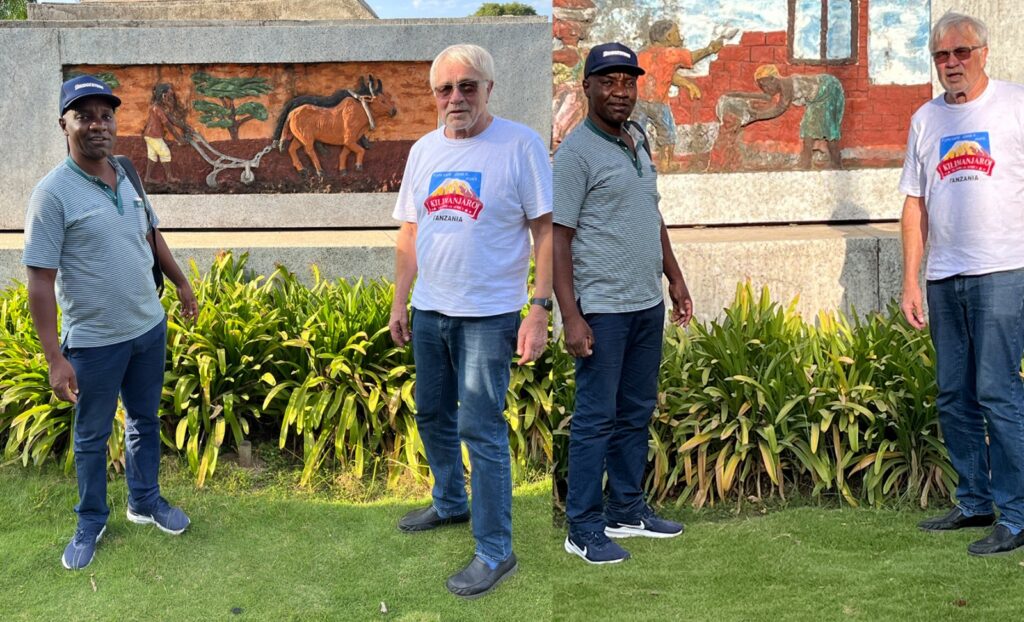
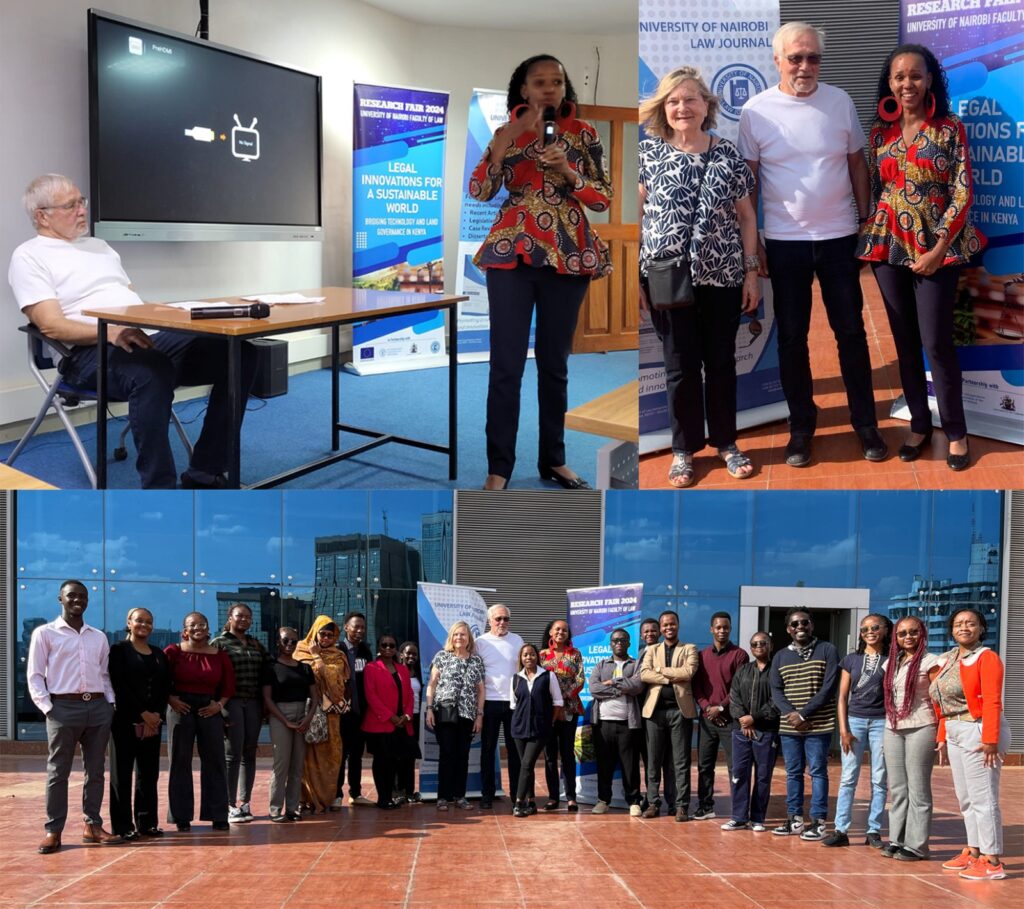
The Ujamaa and Ubuntu book brought new, inspiring personal and professional contacts and rich experiences of Tanzania and Kenya during travel there with Angela Schenk in February-March 2025. With John Wakota in Dar es Salaam, he had only communicated via email and WhatsApp. Meeting him and his wife, Grace, in person was a great experience for both Stråth and Schenk. The reunion of Nkatha Kabira in Nairobi was no less so. He met her previously on several occasions at STIAS in Stellenbosch. The chats with her there were always very inspiring, as was the talk with her and her student and research team in Nairobi. The talks and chats in Tanzania and Nairobi convinced Stråth about the importance of alternative visions of the future, and about how to shape it, alternatives to the emerging world of geopolitics and geoeconomics.
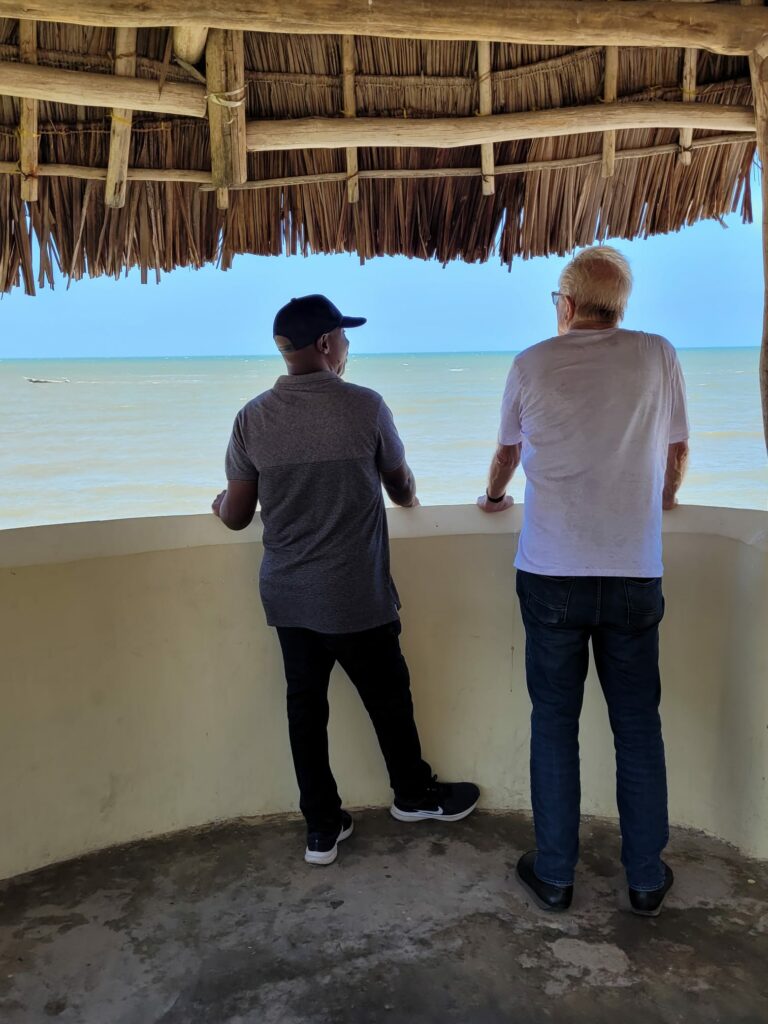
More curriculum details here about Projects, Commitments and Positions and Former Collaborators and PhD researchers.
